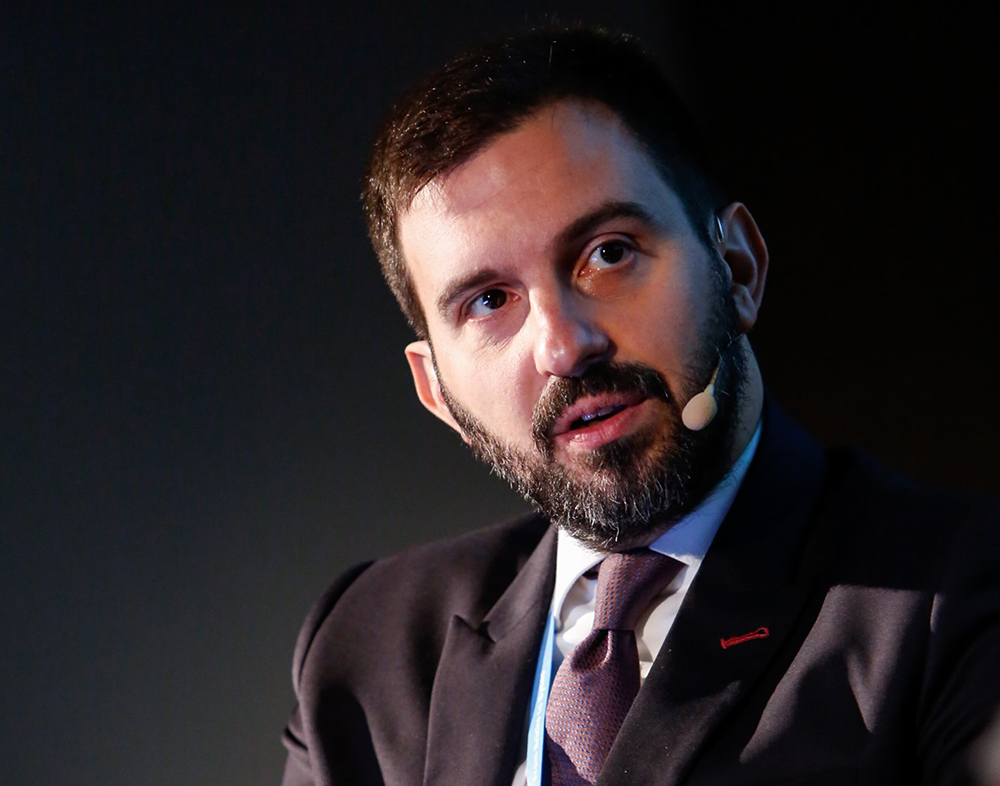
More than 400,000 earthmoving machines will be monitored and nearly all of the main manufacturers are taking part, said CECE secretary-general Riccardo Viaggi.
The test phase of the project is over and Viaggi is confident that the project now has the “critical mass” necessary to move forward.
“Telematics data has become a key factor for OEMs (original equipment manufacturers) in analysing construction activity and performance,” said CECE, especially “in times of crisis when sales are slowing down.”
Viaggi now plans for the tracker to “slowly and steadily expand, with improved granularity” in terms of ever-better detail.
The reports will only be available to those who take part, and the data collected will not be shared with the outside world.
“By pulling their telematics data together within CECE, the participating OEMs get the monthly Uptime Tracker with industry-wide utilisation rates in anonymous and aggregated format,” said CECE.
“With regards to competition law, the critical mass of participating OEMs and the size of the connected fleet constitute a guarantee that no individual company data can be derived from the data output. The same argument goes for data protection and privacy.”
“I am convinced that the new CECE Uptime Tracker closes a gap in the market intelligence services we provide our member companies, and we are proud to be the first to establish such a project at the industry association level,” Viaggi added.
The association is also continuing to develop its involvement with the EU’s InfraROB highway safety initiative. This “aims to reduce workers’ exposure to live traffic and road construction machines, to increase the availability of the transport network, to reduce the cost of repetitive tasks, and to increase the safety of road users by promoting significant advances in automating, robotising and modularising the construction, upgrade and maintenance of the road infrastructure.”
CECE hopes that work being done could be a game-changer, not least because “there are many health and safety risks when it comes to using and working on roads.
“InfraROB will focus on automating, robotising and modularising road construction and maintenance work.” It is focusing on “autonomous robotised systems and machinery to carry out line marking, repaving, and the repair of cracks and potholes.
“It will also develop collaborative robotised safety systems for construction workers and road users … the project further aims to integrate pavement management system and traffic management system solutions for a holistic, unified management of road infrastructure and live traffic.”
CECE is an association of trade associations. It represents the interests of national construction equipment manufacturer associations across Europe, looking after the interests of around 1,200 companies and 300,000 workers.
It has added three new members this month, its first expansion in many years. They are MGF, the machinery importers’ association of Norway; Soima, a Portuguese tower crane manufacturer; and Trackunit, a Danish data telematics company.











